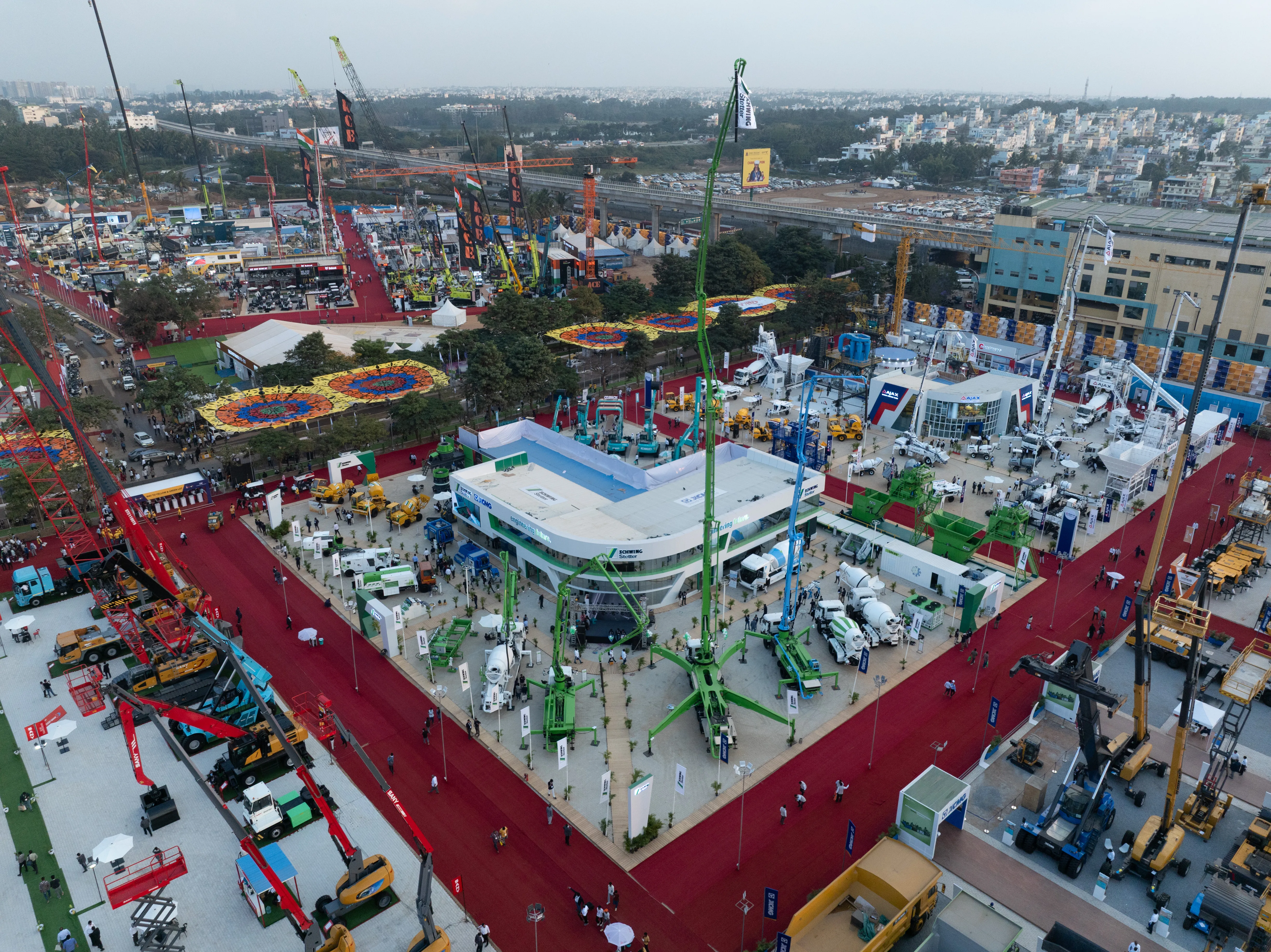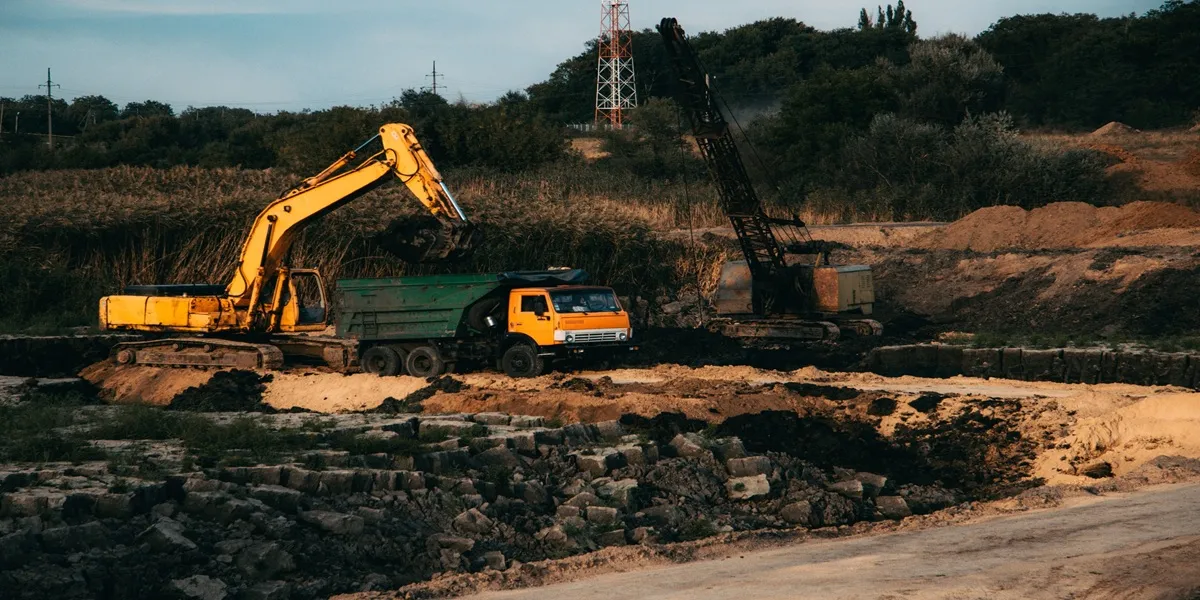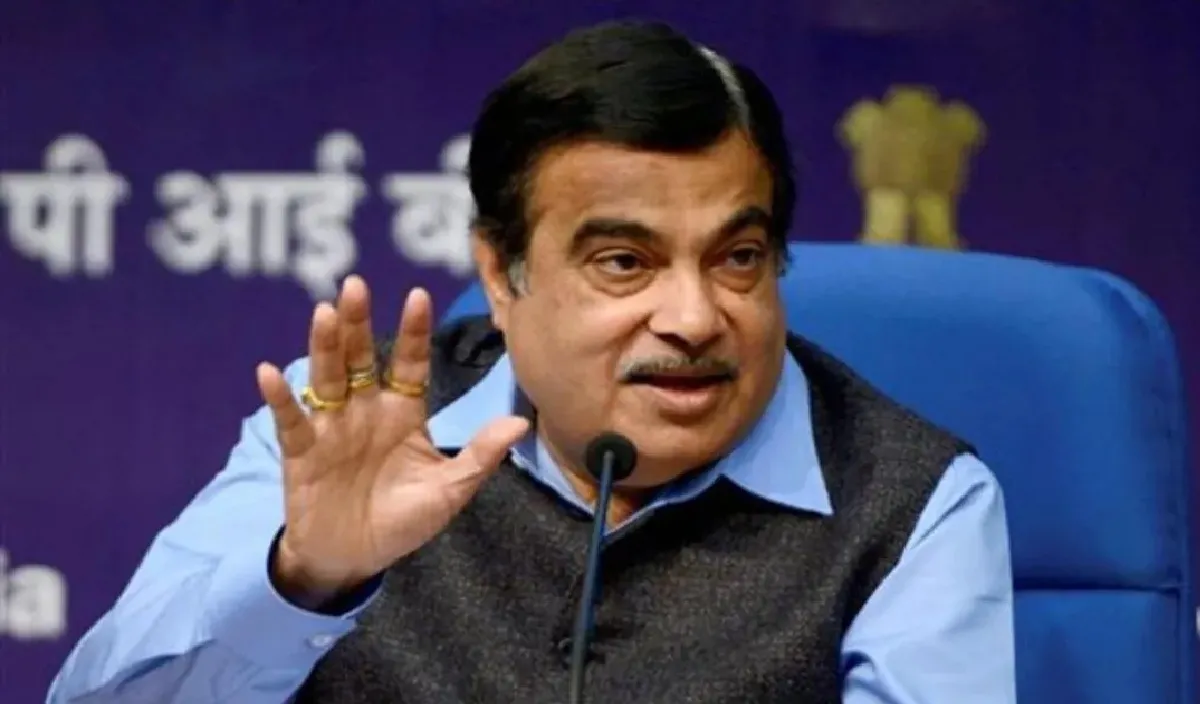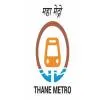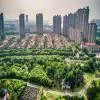- Sunita Narain, Director General, Centre for Science & Environment
Environmentalist and activist
Sunita Narain has been instrumental in raising environmental awareness and bringing about sustainable change in India. Honoured with the Padma Shri in 2005, she has chaired the Tiger Task Force, has been a member of the Prime Minister´s Council for Climate Change and the National Ganga River Basin Authority. Further, she has received the World Water Prize for her work in community based water management. Through her efforts since 1982, Narain has strengthened the
Centre for Science & Environment (CSE) to effectively influence and advocate environmental change in the country. As
Director General of the Centre, Narain speaks on the existing gaps between the construction sector and the environment in conversation with SHRIYAL SETHUMADHAVAN.
Is there an instant solution for buildings for water conservation or treating wastewater?
An easy solution of centralised water management was tried for many years, but it failed. Today, our cities are actually drowning in sewage and groundwater tables are dropping. So, there definitely needs to be a plan for water - in every individual housing establishment, building complex, large gated-development complexes, etc. And, now, technology is moving so fast in sewage management at the decentralised level where sewage can be treated and water reused, and you can move towards being water neutral. At present, sewage is treated and put back into the municipal sewer, which does not work or help anyone. If cities don´t get responsible today, there will be a shortage of water, leading to more conflicts between cities and rural areas in times to come.
You have been advocating a movement for water literacy in India. Who really needs to step up to action this movement?
Everyone needs to do their bit. Builders can step up their game if they try different approaches. Architects need to be far more inventive in the way they plan their buildings. Buildings need to be designed so that water stays in the building. Now that´s a total mindset change and a design change one is demanding.
Would you agree that green rating agencies have given the required fillip to the green building movement in the country?
These agencies have definitely given a fillip to the idea of green buildings. But I am a little critical of these agencies because their procedures are opaque and the performance rating is not available to us. We know that the building has been rated based on design parameters, but ultimately, we need more real-life performance data of the building. Rating a building based on its design is a good start. But we need benchmarks per square metre and need to know how much less is being used in actual life. Unfortunately, that data is poor and the little data we have got from IGBC (and no data from GRIHA) shows that real-life performance is different from design. We need to move in the direction of performance.
CSE had released a list of green-rated buildings violating norms. Did this bring any positive change in the scenario?
The industry fought us, saying that we were wrong. There is a trade for green rating today. Nobody wants to be critiqued on it, but it´s our job. We have a big advantage of not being part of this trade and can stand differently at all times and point things out. We are not criticising anybody, but basically pointing out the issues. Now, I understand that IGBC and GRIHA have made some changes to their rating but the data is still not available. There has been some data that IGBC put out again but it´s not robust. Today, governments are giving tax incentives, cities are getting FSI incentives; you are getting property tax incentive for a green-rated building. But if in terms of performance, the building is not green, why should you get the benefit? But
BEE does an audit for these green-rated projects. Also, a recent CSE report states that as the temperature soars, a 5-star rated air-conditioner operates at the level of a 2-star, or less.
BEE data is not available. Air-conditioners are environment criminals at the end of the day. Thirty per cent of Delhi´s electricity is used up only by air-conditioners; 60 per cent in peak hours is air-conditioners. The peak timing in India is changing in cities because of the use of air-conditioners.
So, it´s a clear sign of air-conditioners being game-changers. And, here´s the opportunity - by making air-conditioners more efficient, you make India more energy-secure. Our study states that the testing methodology adopted for air-conditioners is a fraud. First, the chosen test methodology is for mild conditions, not hot temperatures. Second, air-conditioner standards in India still remain way below global ones.
And, I don´t understand why, especially when the cost of energy is so high. BEE basically depends on self-certification by companies to give a rating. Hence, there is a clear reform agenda that is needed to make air-conditioners world-class and most efficient, and change the way buildings use energy.
One of CSE´s primary objectives has been to help the country develop and implement a sound renewable energy policy. How much has been achieved?
Today, renewables are seen as part of India´s energy future. But what CSE has been laying stress on is ´energy access´ and not ´renewable energy´. The fact is that a large part of India still remains without light. CSE´s work has been to push the idea of mini grids and promote the need to be able to produce energy as locally as possible. One way is through solar energy, so that it can be supplied to homes. Also, the government now has a mini grid policy, which is moving ahead. These together, should eventually make a difference.
On one side we have the Swacch Bharat Abhiyan and on the other we witness cities where water gets clogged, especially during monsoons, and all the dirt from sewage is pushed back on to the roads...
Clean India is an important initiative and I would not question the motive of the mission. But I would question the actions. I am not going to run down the idea of Swacch Bharat because it is good that the government is saying that India needs to clean up. But I do believe that we are not getting it right, because we think that we can sweep our streets and make them look clean. If we do not think of garbage as a resource, there is no way we can manage our garbage. And, if we don´t think of affordable sewage systems, we will not be able to treat our sewage.
What can India do to ensure clean industrialisation?
It´s too big a question for me to give you a simple answer. But the most critical thing needed today for clean industrialisation is better monitoring and enforcement of the laws that exist. India has enough laws and regulations. What the country lacks is institutions that can actually enforce the laws.
So, if we want cleaner industrialisation, industries will need to be pushed to do it. And, this is where the institutions become critical.
When we speak about managing C&D waste, is lack of technology a challenge faced by cities?
The first issue is lack of enforcement. If a building is broken down, there is no system today to track the waste. Now, there is an incentive for companies to setup C&D plants, recycle construction waste and sell the material. This is now going to be a game-changer, and once enforced, the private sector will come in because then there will be an incentive to do so. Second, there was no standard for reusing C&D waste in the making of new materials. But this has changed now. What is required is enforcement from the government.
To share your views on this interview, write in at feedback@ConstructionWorld.in

